Manga Friday: Here We Go Again
 This time around I have a volume two, a volume three, and a volume four – all in series that I’ve read at least some of the earlier books. Let’s see if I can still remember what went before – since manga often don’t have “who the heck are these people and what are they doing” pages – and whether they’re getting more or less interesting.
This time around I have a volume two, a volume three, and a volume four – all in series that I’ve read at least some of the earlier books. Let’s see if I can still remember what went before – since manga often don’t have “who the heck are these people and what are they doing” pages – and whether they’re getting more or less interesting.
Kaze No Hana, Vol. 2
By Ushio Mizta and Akiyoshi Ohta
Yen Press, August 2008, $10.99
This is the series about an amnesiac teenage girl, Momoka, who is part of a family that wields magical swords to drive monsters away and protect their city. I reviewed the first volume in April, and had to admit then that there were too many characters with too few faces for me to keep them all straight.
Well, this time, we get even more characters, including another sword-wielding family that likes the monsters and wants to see them take over the earth or rampage through Tokyo or do whatever it is these particular monsters would do. Their leader is the cute girl Kurohime – and the only thing more dangerous than an old man in a Hong Kong movie is a cute girl in manga – and they have “sacred swords,” which are utterly different from the heroes’ “spiritual swords” in ways that perhaps don’t entirely translate well.


 This week we’ll be looking at three books with main characters who look like one thing, but are something else.
This week we’ll be looking at three books with main characters who look like one thing, but are something else. 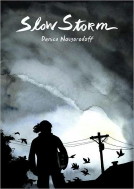
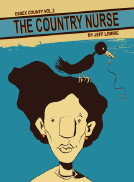
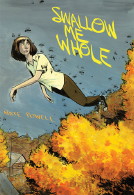
 It’s unofficially been Blues & Jazz week here in my reviews – and, if you’re wondering how
It’s unofficially been Blues & Jazz week here in my reviews – and, if you’re wondering how 
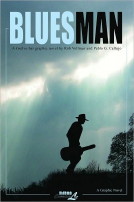

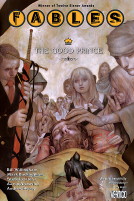 Fables]]] is one of the big successes of the current version of the Vertigo line, where every book has a Hollywood-style high concept: all males on Earth are killed – except one!; New York’s mayor can talk to machines!; Refugee fairytales live in the modern world! And, in another Hollywood-esque twist, Fables even has a spin-off of its own, like
Fables]]] is one of the big successes of the current version of the Vertigo line, where every book has a Hollywood-style high concept: all males on Earth are killed – except one!; New York’s mayor can talk to machines!; Refugee fairytales live in the modern world! And, in another Hollywood-esque twist, Fables even has a spin-off of its own, like 








